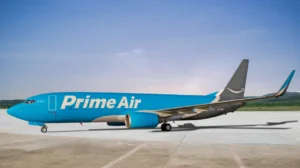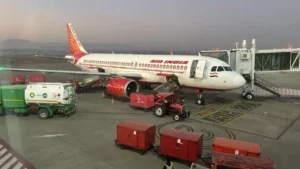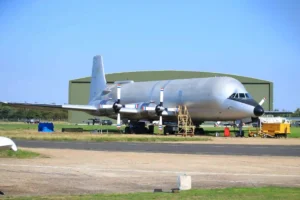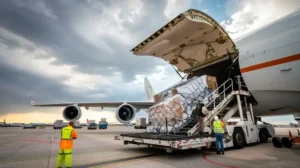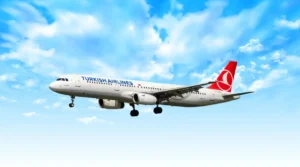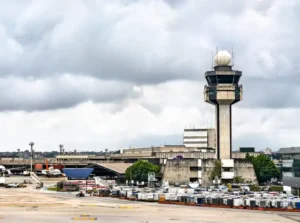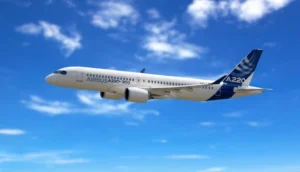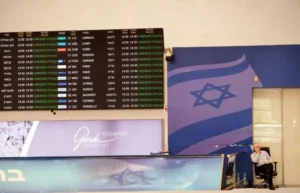Air Cargo Market: Riding High on Global Economic Shifts
In the realm of air cargo, the winds of change are blowing, propelling the industry on an upward trajectory at the onset of this year. A confluence of factors, including the Red Sea disruption, the burgeoning e-commerce sector, and a resurgence in manufacturing, has fueled this surge. However, amidst this fervent growth, whispers of skepticism linger, questioning the sustainability of this upward trend against the backdrop of a tumultuous past year.
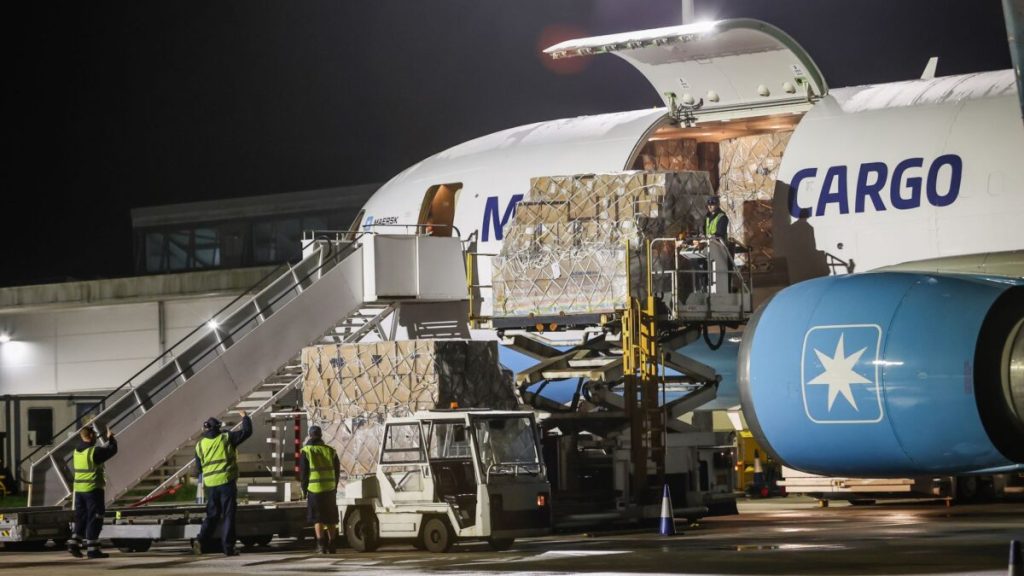
The tale begins with a stark contrast to the desolate landscape that characterized the industry last summer, as it languished in the depths of a trough. Yet, a sudden surge in business come September marked the turning of the tide, evolving into a formidable wave that has carried through into the first quarter of the new year.
Statistics paint a vivid picture of this resurgence. Shipping demand on airliners soared by a staggering 13% annually for the initial two months, typically a period of sluggishness following the peak season and the fleeting spike for Chinese New Year. Even after excluding the extra leap year day in February, growth stood robust at 11%. January witnessed a remarkable 17% surge in volumes, a revision upward from initial estimates, reflecting the vigor of the market. The International Air Transport Association (IATA) reported an 18.4% leap in air cargo demand for January, the highest annual growth since the summer of 2021, surpassing pre-COVID levels by 2.8%.
The upward trajectory extends to March, with global air cargo demand remaining solid, marking a 7% year-over-year increase. Notably, 60% of aircraft cargo space is now filled, up 4 points from January.
The narrative is nuanced, however, with analysts cautioning against overly optimistic interpretations. The growth observed this year, while commendable, owes much to the low comparisons with the previous year, particularly the dip experienced in January and February of 2023. The timing of Chinese New Year, which fell in January last year and February this year, also contributed to the apparent surge. Comparing to 2019 levels, the increase in volume is more modest, signaling a less steep trajectory.
Central to this resurgence is the remarkable surge in e-commerce exports from Asia, particularly South China and Hong Kong. International consumers’ insatiable appetite for goods from Chinese e-commerce platforms, coupled with their expectation of swift delivery, has propelled air transport demand. This surge has led to congestion at key airports in Guangzhou and Hong Kong.
Amidst this flurry of activity, the disruption in the Red Sea region due to rebel attacks has stirred the pot further. Cargo owners, seeking to circumvent supply chain disruptions caused by ocean vessel rerouting, are increasingly turning to airfreight for urgent commodities. The South Asia-to-Europe market witnessed an 18% surge in demand in February, propelled by the Red Sea disruption.
However, amidst the optimism, concerns loom on the horizon. The influx of cargo capacity, primarily from passenger airlines adding flights to their networks, threatens to undermine revenue growth. Excess space necessitates price reductions to attract business, a trend expected to worsen as airlines gear up for the busy summer season.
Looking ahead, the air cargo industry finds itself at a crossroads, buoyed by the winds of change but mindful of the storm clouds on the horizon. The road to sustained growth is fraught with challenges, yet signs of optimism prevail as the global economy gradually finds its footing amidst geopolitical uncertainties. As the industry braces for what lies ahead, one thing remains certain: adaptability will be key in navigating the turbulent skies of the air cargo market.

